The history books refer to it as the 8-Nation Alliance. If you are interested in learning more about the history of China and what happened during the country’s invasion, understanding all there is to know about the 8-Nation Alliance is important. Thanks to the 8-Nation Alliance, you not only learn not just how the invasion of China took place and the countries involved but also what gave them an upper hand in the invasion.
What is the 8-Nation Alliance?
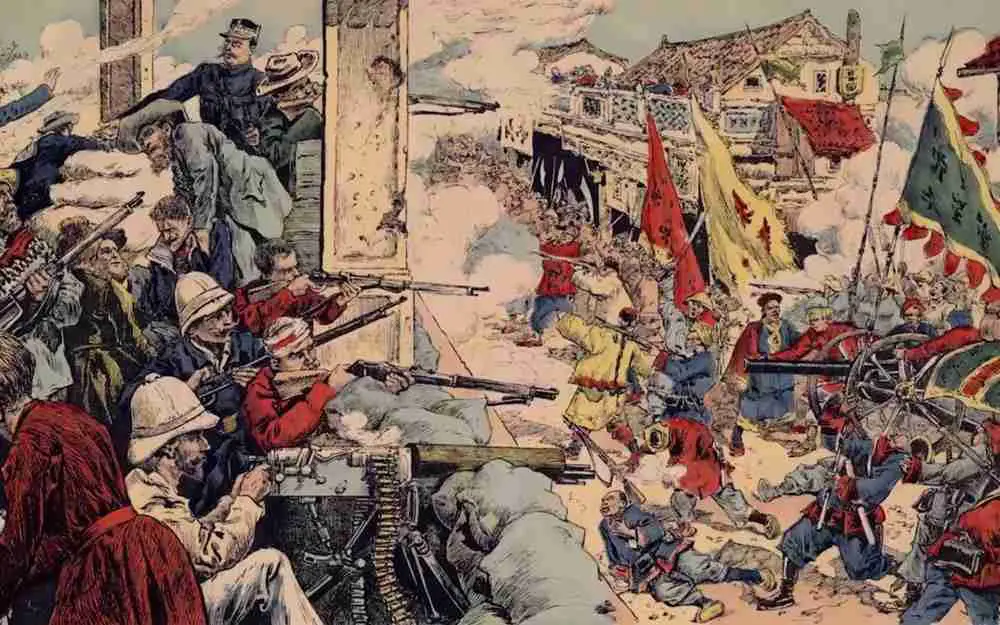
The 8-Nation Alliance can be defined as the multi-national military-action coalition which was converged to invade North China back in 1900. This coalition was brought together to offer relief for the foreign legations in Beijing, which was then under siege by the then-popular militia called the Boxer militia. This militia was determined to expunging all foreign influence from China. On the other side of the fight, there was the Chinese Government and troops that were all determined to give China the best possible defense. For the anticipated level of defense, the Allied forced was made of 45,000 troops cumulative from the 8-Nations invading China – the nations that made up the alliance were Japan, Germany, Britain, Russia, France, Italy, United States, as well as Austria-Hungary.
Interestingly, neither these foreign allies nor the Chinese issued any formal war declaration against the Militia, and there was no treaty and there also was no form of formal agreement that bound the newly formed alliance together. And as Western historians would reveal in a revised history, the 1st phase of the hostilities in China date to August 1900, hostilities that spurred within a very short time, these hostilities turn into a civil war, more or less. This happened despite the Battle of the Taku Forts, which happened in June 1900, also involving the Qing Dynasty government’s decision to supports the Boxers. So, with the successful invasion, what developed afterward was a punitive military expedition which would pillage North China and Beijing for more than one year. This fighting, however, ended after the Boxer Protocol was signed.
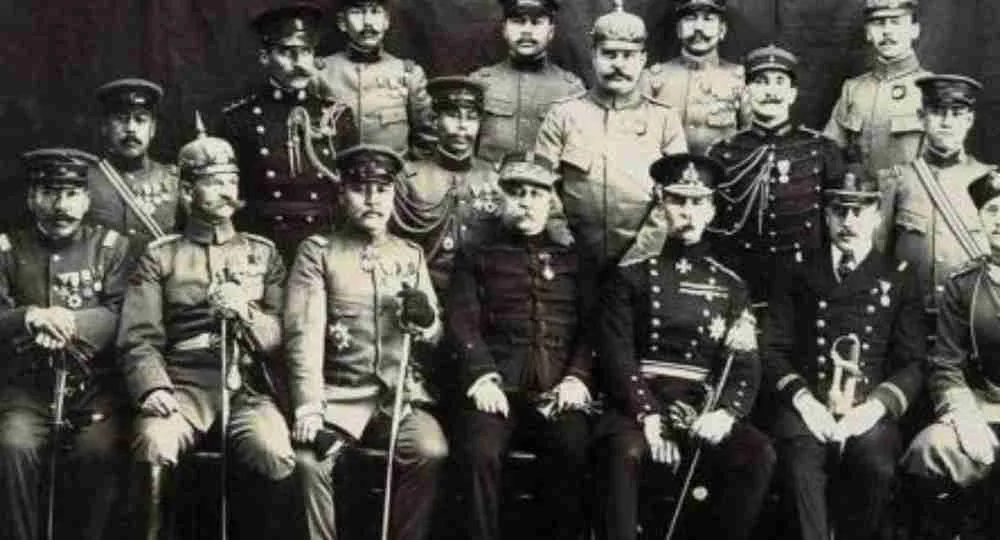
In August 1900, the Chinese Allies made of the 8 nations would match from Tianjin to Beijing to relieve and end the siege.
The 8-Nation Alliance
Austria-Hungary
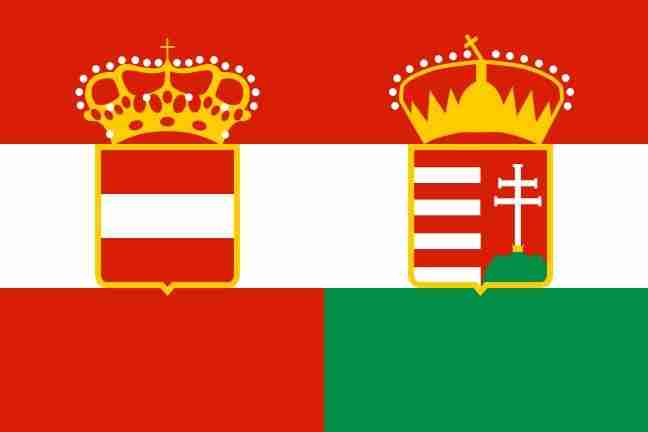
This country invaded China with just one cruiser, the SMS Zenta, which was at the station/ port at the start of the rebellions in China. The cruiser would be based on the Russian Concession at Port Arthur. Reports show that the detachments of the sailors from the Austro-Hungarian Zenta were the first and the only Astro-Hungarian forces that saw action against the rebellion. Other sailors would defend their legations that were under siege, while the other Hungarian detachment would be involved in varying rescue attempts.
The remarkable thing done by these troops is that they helped in taking hold of Tianjin in June; this hold was against the Boxer forces. These Austro-Hungarian troops also fire on many of the armed junks that were positioned at Hai River in Peking, located close to Tong-Tcheou.
Other cruisers sent to the war later on by the powerful Austro-Hungarian navy included the SMS Kaiserin und Königin Maria Theresia, SMS Aspern, and SMS Kaiserin Elisabeth, among other company marines. They arrived in September after much of the fighting with the rebellion had stopped, though.
British Empire
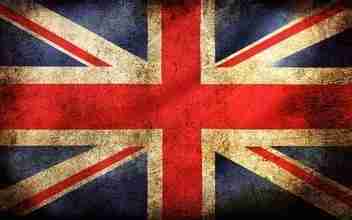
When the Boxer Rebellion started, Britain was, at the time, engaged in South Africa in the renowned Second Boer War. With their army already fighting in war, Britain was forced to depend on Chinese Squadrons as well as troops from India. The squadron was stationed off the coast of Tientsin, and it featured battleships such as the Centurion and the Barfleur. There were cruisers, too, such as the Alacrity, Endymion, Algerine, Aurora, and the Orlando. On the list of Destroyers available were the Fame and Whiting. Besides this alliance, the British Forces fighting in China would make up the 3rd largest contingent, featuring at least 12 units and a number of support personnel.
India:Out of the 10,000 fighting troops provided by Britain, Indian troops formed a big number, with units consisting of the Sikhs, Baluchis, Gurkhas, Punjabis, and the Rajputs.
France
France sent 5 warships, 390 Navy and 3130 army troops, from French Indochina, most Vietnamese.
Germany

While Germany had already gained some active presence in the country following the unfortunate Juye incident where Germany had two of its missionaries murdered in November of 1897, the country was still part of the invasion into China. They sent their concession to Kiaochow even as the Tsingtao port used as their naval base, specifically, a base for their East Asia Squadron. This port served as a trading/ commercial port too. This German concession was under the leadership of Germany’s Imperial German Navy, and when the Boxer Rebellion broke out in June 1900, the German concession included the 1126-manned III Seebataillon. There also were 800 men from the Kommando Detachment, as well as sailors for the same East Asian Squadron.
To protect German interests, the III Seebataillon was sent out to fight in Peking. However, it was foreign legations’ siege of Peking that further convinced Germany, as well as the rest of the European powers of the need for more forces sent to China for the reinforcement of their allied forces.
Several troops would then be dispatched, including Marine-Expeditionskorps that was made of I & II Seebatallions, then these were followed by the 15,000-manned Ostasiatisches Expeditionskorps. Unfortunately, most of these powerful German forces had been dispatched a little too late, and by the time the Corps got to Taku on September 21st, the legations had stopped. The corps sent in by Germany was then employed on garrison duties, fighting the smaller engagements with the remaining small pockets of boxers. By early 1901, the Corps had been disbanded and were then recalled back to Germany.

Italy
With the refusal of China to yield to Italy’s demand for San Mun Bay in 1989, The Italian Navy was forced to dispatch its Squadron to the said bay, although Italy didn’t act on this at the time. The squadron stayed there, though, and upon the breakout of the Boxer Rebellion in 1900, detachments from the Italian cruisers would be dispatched to Peking. The forces were also involved in the capture of Tientsin.
Japan
They offered the largest troop contingent of 20,840 men along with 18 warships.
Russia
Russia offered the second-largest force to China with a total of 12,400 troops made of garrisons, mostly from Vladivostok and Port Arthur.
The United States
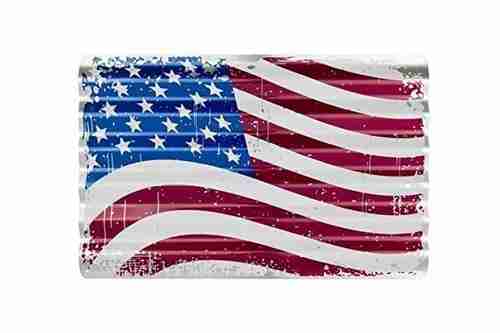
The US also invaded China to suppress the Boxer Rebellion, and they played an important role because of the American forces that had been deployed in the Philippines in 1898 after the Spanish-American War.
In addition to these 8 countries, the other two counties involved in the invasion were Australian and France. Australia joined the fight in 1901, and their troops featured contingents of army and naval personnel that were supporting the British contingents, while France invaded China with three marine battalions – the I & II and the 11TH RIMa, all stationed in the French Indochina.